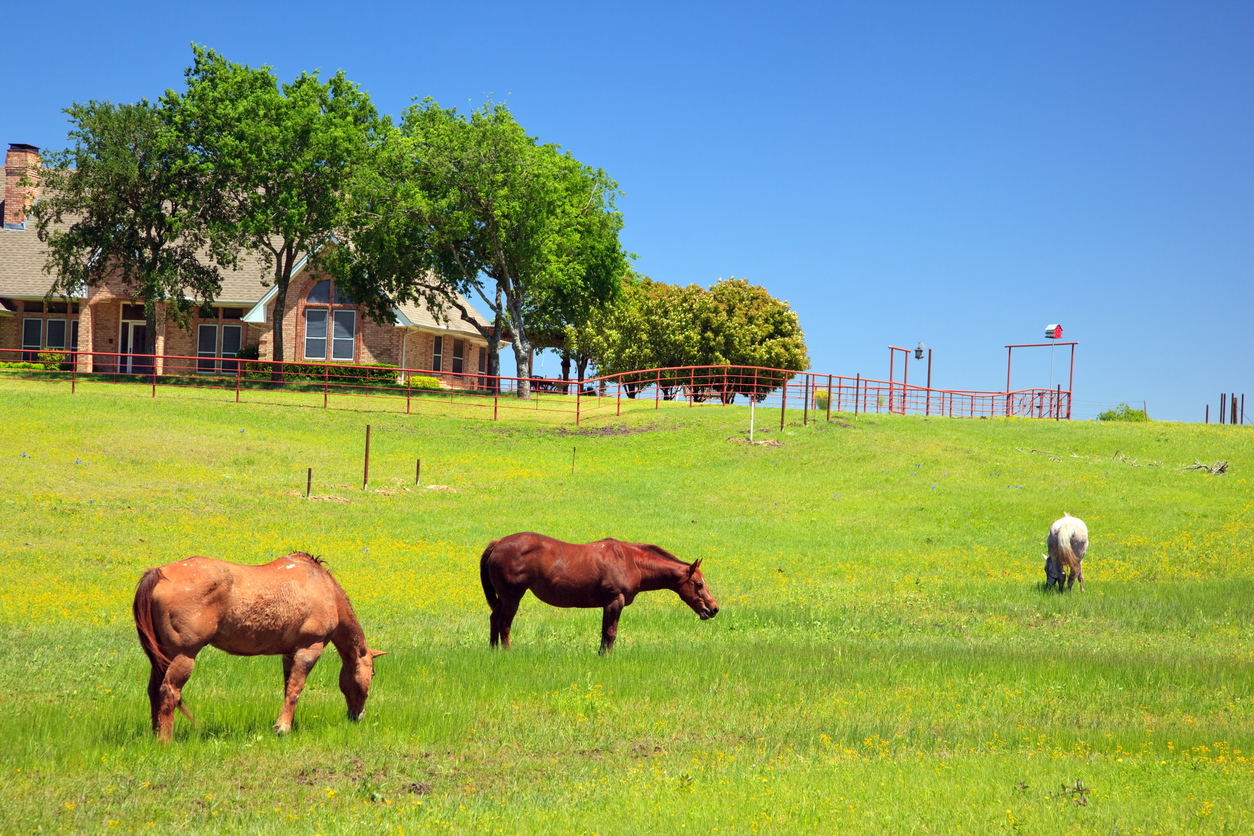
Fences play an important role in every commercial farm or hobby farm when it comes to protecting crops or livestock. The type of fencing you choose depends on the specific function it should serve for your farm.
Whether you plan to hire professionals or install the fences yourself, getting more information on the different types of farm fences you can use will ensure a successful project.
Welded Wire
This type of fence is made from sturdy wires that are welded together and arranged in horizontal and vertical rows, with grid squares that are typically three to four inches tall and two inches wide.
Welded wire fences are ideal for light-weight purposes, such as protecting poultry or small animals from small predators such as coyotes or foxes.
Horse Fences
Horse fences are similar to welded wire, but are made to be less abrasive in order to prevent horses and other types of livestock from scratching their hides against surfaces. “Non-climb” versions of this fence use a V-mesh pattern or narrow two-inch-wide squares designed to prevent hooves from getting stuck in the fence.
Chicken Wire
Chicken wire fences are made of 20-gauge wire woven into a small diamond-shaped grid pattern, and are used primarily for poultry enclosures and gardens. Although the fence is made from relatively lightweight material, it is very useful for protecting poultry against small predators such as hawks or foxes.
Barbed Wire
Barbed wire fences consist of two to three horizontal strands of rigid woven wire with sharp barbs, with rows strung between posts made of metal or wood. Typically used for confining cattle, these fences are designed to prevent livestock from getting into contact with it, and are very effective when it comes to keeping docile animals inside expansive spaces.
Barbed wire fences however, are not effective in keeping deer and other large, aggressive wildlife from entering farms. Some semi-rural areas also have restrictions on the use of barbed wire fences, so be sure to check zoning regulations first in case you plan on using this type of fence.
Field Fence
Field fences use heavy gauge wire with crimped joints to provide additional support. It is used primarily to confine large livestock such as cattle and hogs. This type typically uses 12-gauge wire, but some variations use heavier 10-gauge wire for more durability.
Rail Fences
Rail fences consist of two or three horizontal rails attached to wooden posts. This type of fence requires frequent maintenance, so they’re often used mainly for decorative purposes.
Rail fences can be combined with wire fences to enhance their practical function. For example, wire fencing can be used to reinforce the wooden rail fence to create a stylish yet sturdy barrier that’s ideal for confining livestock.
Electric Fences
Standard electric fences are made from insulated horizontal wires attached to insulated vertical poles, with an active current designed to deter any livestock from coming into contact with it. Some poultry enclosures also make use of an electrified wire mesh to keep predators out and birds in.
Searching for the finest farms or horse properties in Kansas City? Get in touch with us at the Dana Benjamin Team today by calling 913.522.4277, or send an email to DBenjamin(at)ReeceNichols(dotted)com


